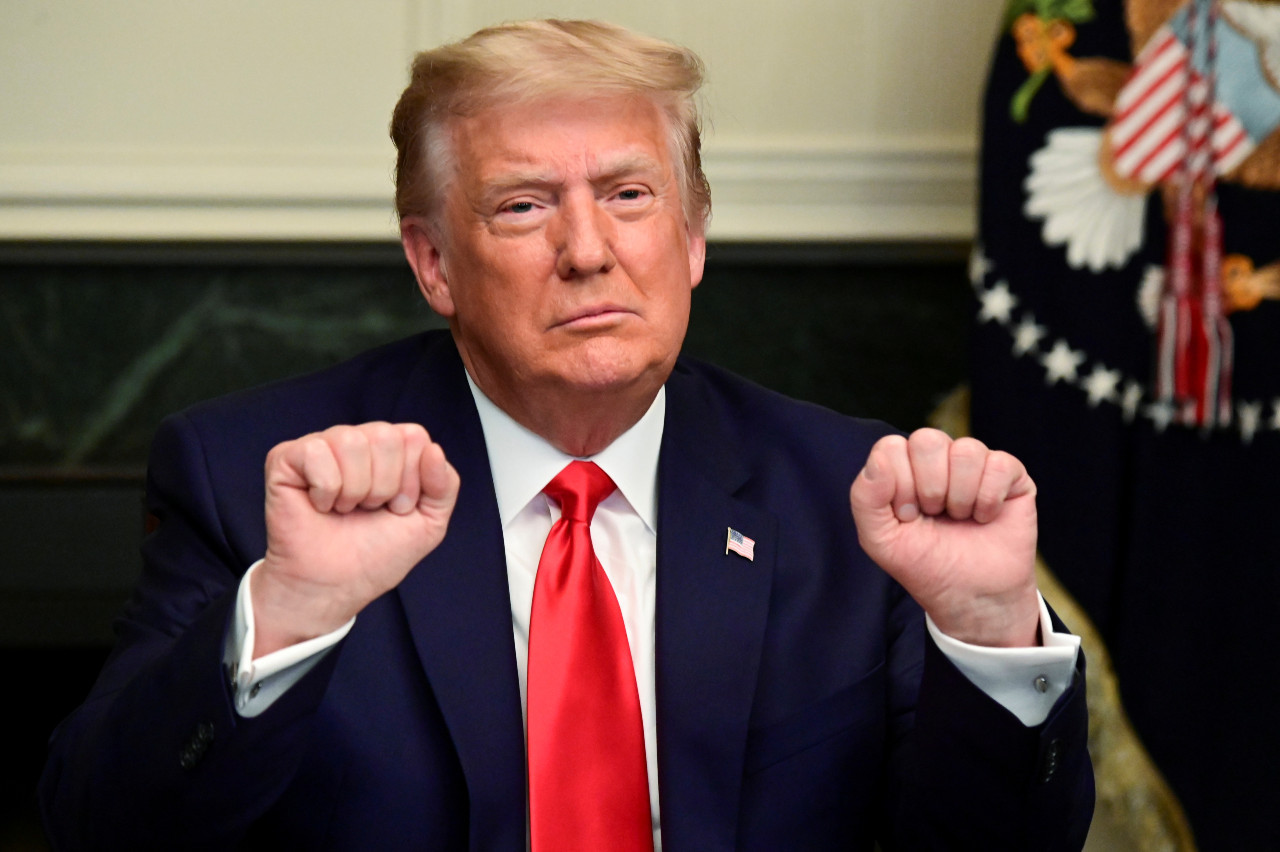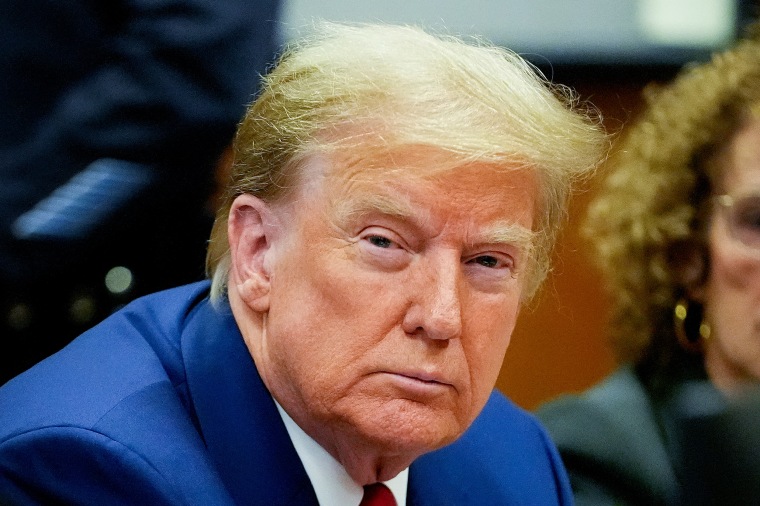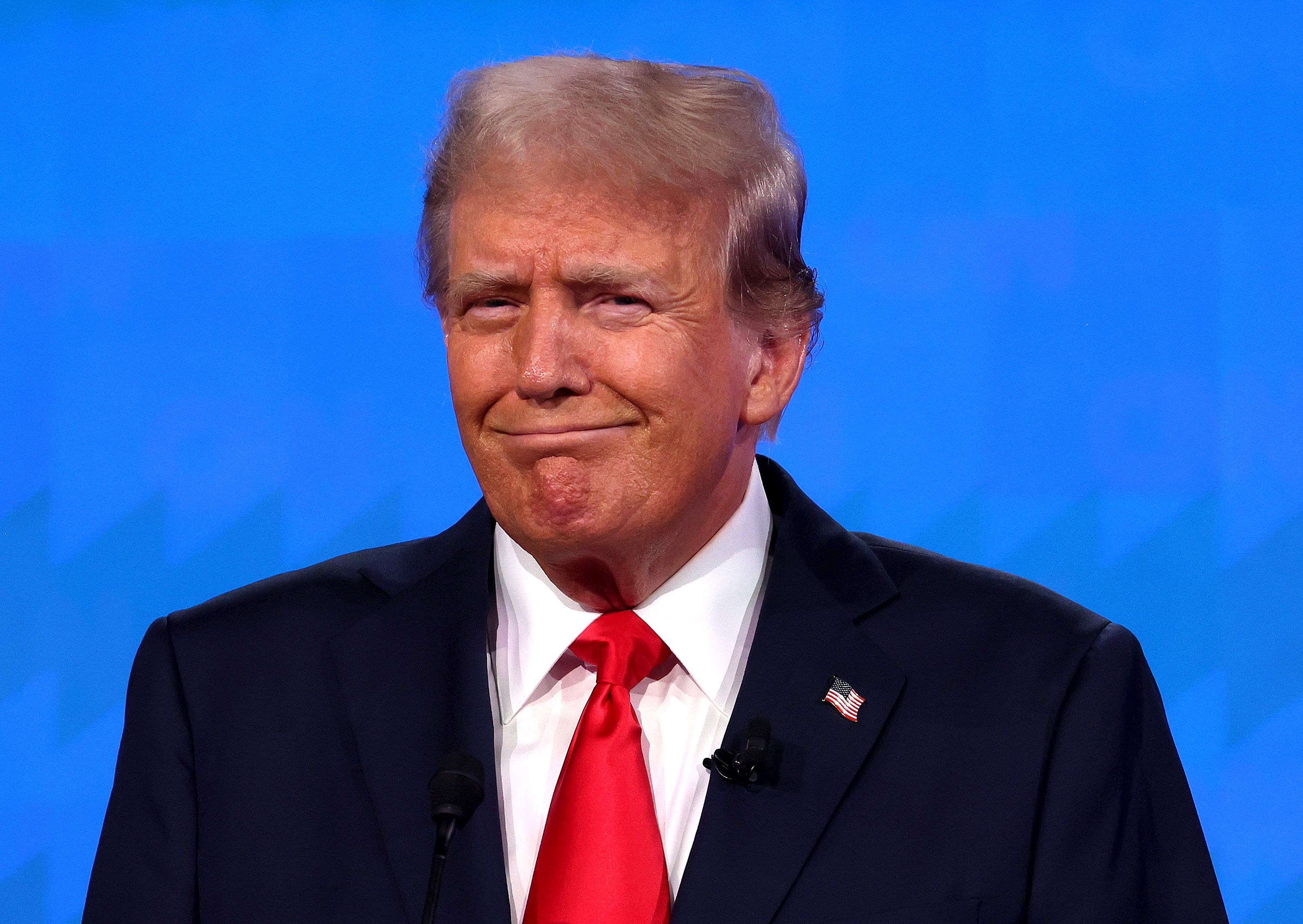Trump Faces Declining Approval as Early Presidency Struggles Mount
New polling data from a national survey conducted by YouGov for The Economist suggests that President Donald Trump’s early days in his second term have not gone as smoothly as he hoped. Just three weeks into his return to the White House, his approval rating has dropped significantly, raising concerns about his political capital and the long-term impact on the Republican Party. At the start of his new term, more Americans approved of Trump’s performance than disapproved. Now, disapproval has risen to match approval, signaling early trouble. If his approval numbers continue to slide, congressional Republicans could face severe consequences in the 2026 midterms, potentially mirroring the losses they suffered in 2018 when they lost control of the House of Representatives during Trump’s first term. Adding to his challenges, Trump’s personal favorability has also declined. While he retained a solid base of support when he took the oath of office again, the number of Americans who personally dislike him is now nearly equal to those who like him.

His approval has suffered the most among voters under 30, many of whom find his focus on cultural issues divisive and are frustrated that he has not addressed rising costs as he promised during his campaign. Public perception indicates that Trump has failed to expand his appeal beyond his narrow electoral victory. Instead of reaching out to the millions of Americans who did not vote for him, he has already lost some of the support he initially had. His administration’s early priorities have not resonated with the broader public, leaving many questioning whether he is up to the task of leading the country through pressing economic challenges. One of the biggest reasons for Trump’s early struggles is his failure to address inflation and the high cost of living—issues that remain top concerns for most Americans. While he has made headlines for renaming the Gulf of Mexico, defending plastic straws, and appointing himself chairman of the Kennedy Center for Performing Arts, he has yet to take meaningful steps to lower consumer prices. As Americans continue to feel financial strain, Trump’s lack of focus on economic relief has led to mounting frustration. Beyond economic concerns, Trump is also picking battles that the public does not support.

While there is general agreement on the need for government spending reform, Americans oppose some of his proposed cuts. For example, Trump has signaled his intention to eliminate the Department of Education, but polling shows that by a two-to-one margin, Americans oppose dismantling the agency. Similarly, more than four-to-one Americans oppose his plan to abolish the Occupational Safety and Health Administration and the IRS’s free tax assistance program. These unpopular proposals may further erode his support among key voting blocs. Another significant concern surrounding Trump’s presidency is his disregard for the traditional system of checks and balances between the executive, legislative, and judicial branches of government. Vice President J.D.

Vance recently posted on X, “Judges aren’t allowed to control the executive’s legitimate power,” implying that the courts should not interfere with presidential authority. While the president does have constitutional powers, the system of government was designed to prevent any one branch from exercising unchecked control. Even Vance, a Yale Law School graduate, should recognize that the Supreme Court has long upheld judicial review, granting federal courts the authority to strike down executive actions that violate the Constitution. The landmark case Marbury v. Madison established this principle, ensuring that presidential power has legal limits. If Trump attempts to sidestep these constitutional restrictions—such as by unilaterally cutting spending already authorized by Congress or attempting to abolish federal agencies without legislative approval—his administration could face major legal challenges. The perception that he is governing without accountability may further damage his standing with voters. For Democrats, Trump’s struggles present an opportunity. His failure to unite the country and his early missteps give them a chance to expand their coalition. However, to capitalize on this, the Democratic Party must rethink its approach. While Trump’s declining numbers might suggest an opening for Democrats, they cannot assume that voters will automatically turn to them. According to polling, fewer than half of Democrats approve of how their party’s leadership is handling Trump’s actions. Democratic media consultant Will Robinson recently emphasized the need for the party to adopt fresh, creative strategies to connect with the public. Speaking on the Deadline D.C. with Brad Bannon podcast, Robinson argued that traditional Washington press conferences and appearances on major news networks like CNN fail to reach the millions of Americans who do not consume mainstream political news.

Robinson pointed out that Republicans have been more effective in using alternative online platforms to engage voters, especially young people. In an era where information is increasingly decentralized, Democrats must modernize their communication tactics. Establishing a “truth squad” of young Democratic activists and leaders to engage directly with communities on social media and other digital platforms could help counter Trump’s messaging and broaden the party’s reach. Trump’s early presidency has been marked by controversy, inaction on key issues, and unpopular policy proposals. While his aggressive political style has always been a core part of his appeal to his base, his inability to address everyday economic concerns may prove to be his undoing. However, Democrats cannot afford to sit back and wait for his administration to collapse under its own weight. The nation is at a critical moment, and if Trump’s presidency is to be effectively challenged, the Democratic Party must take bold, decisive action to present a clear alternative. If they fail to do so, some voters may continue to accept Trump’s extreme actions by default, allowing him to maintain power despite growing discontent.
The months ahead will determine whether his administration can course-correct or whether the cracks in his leadership will continue to widen.



